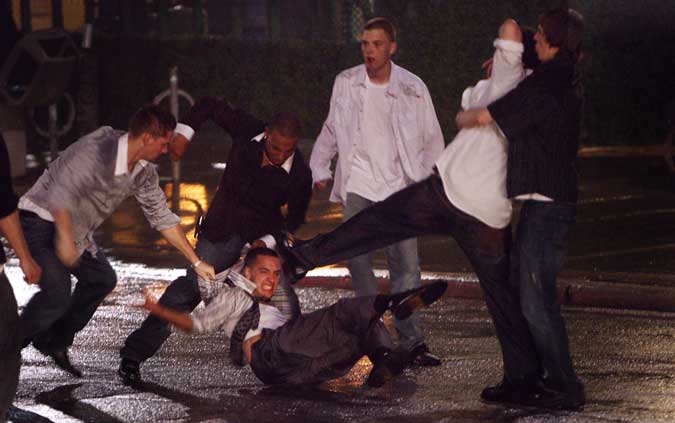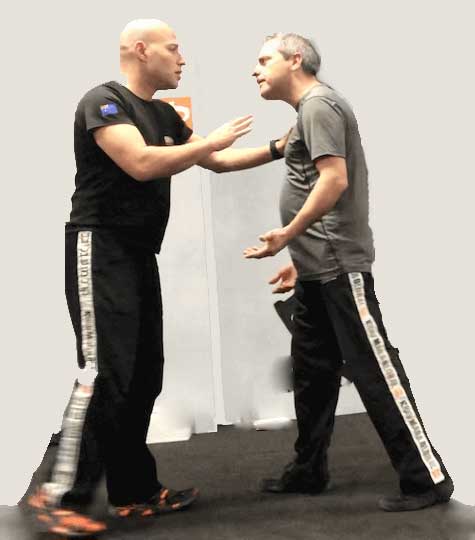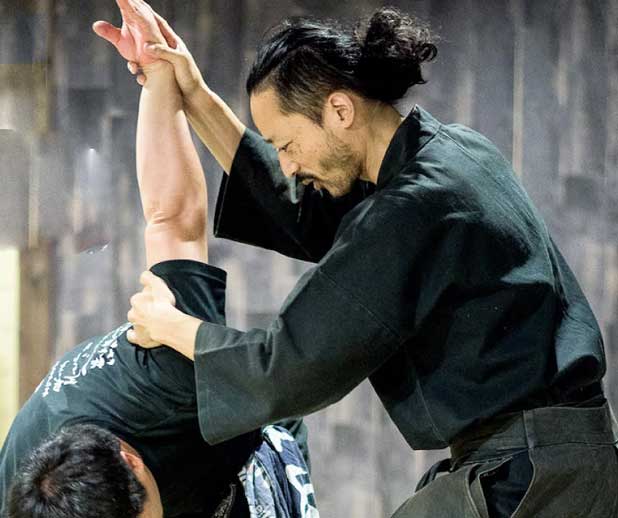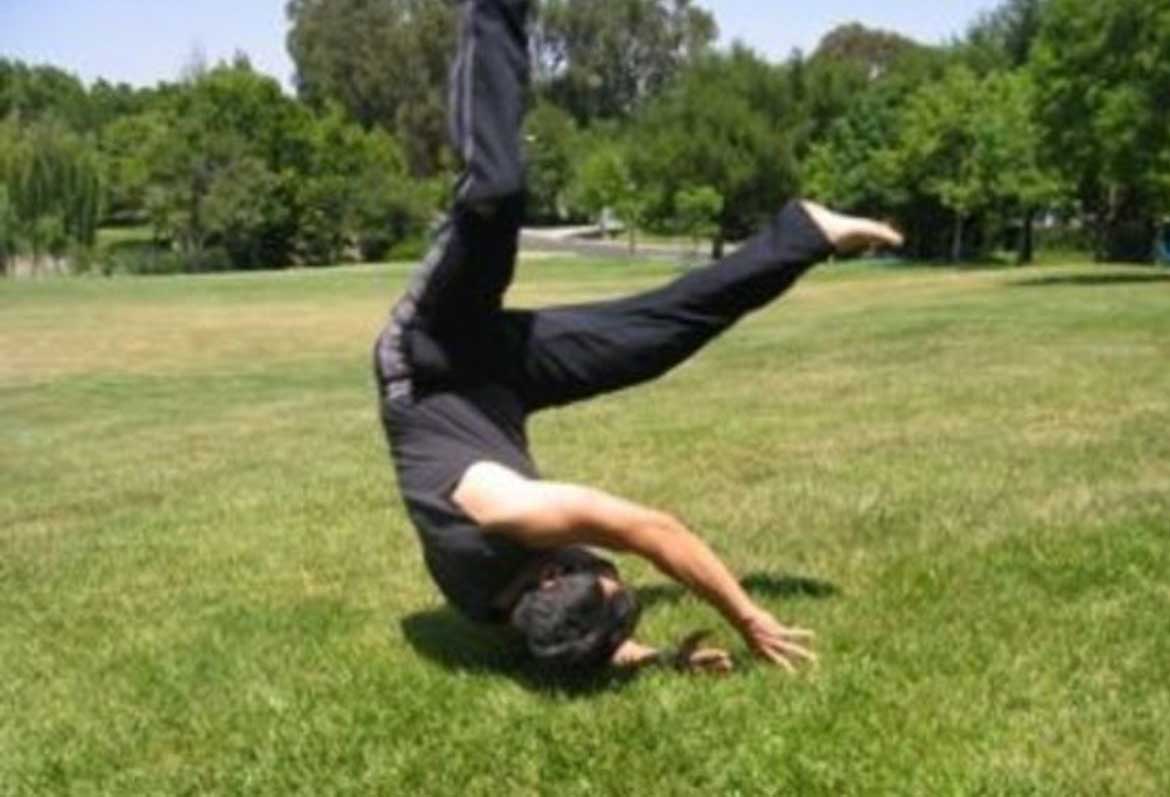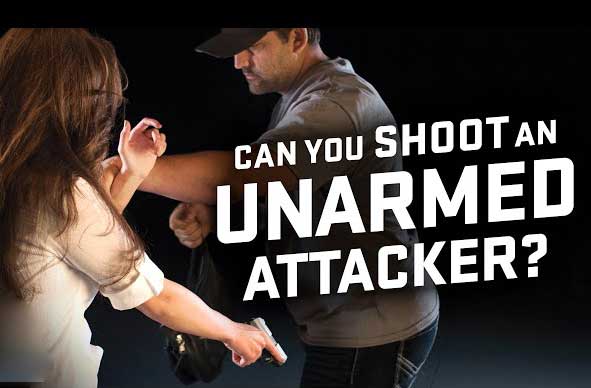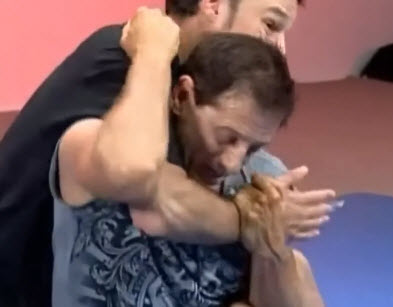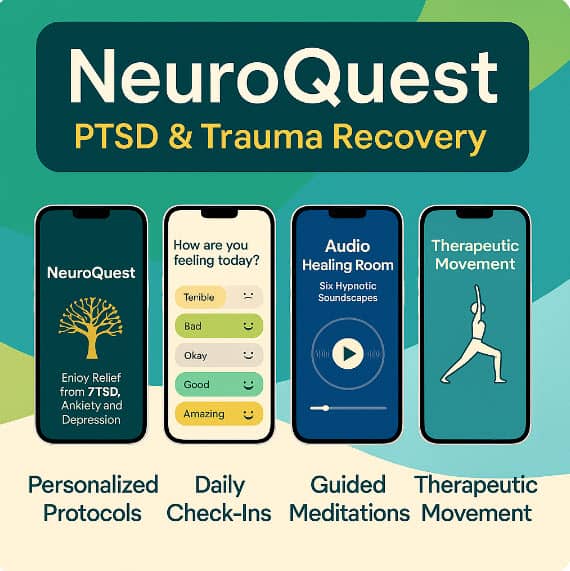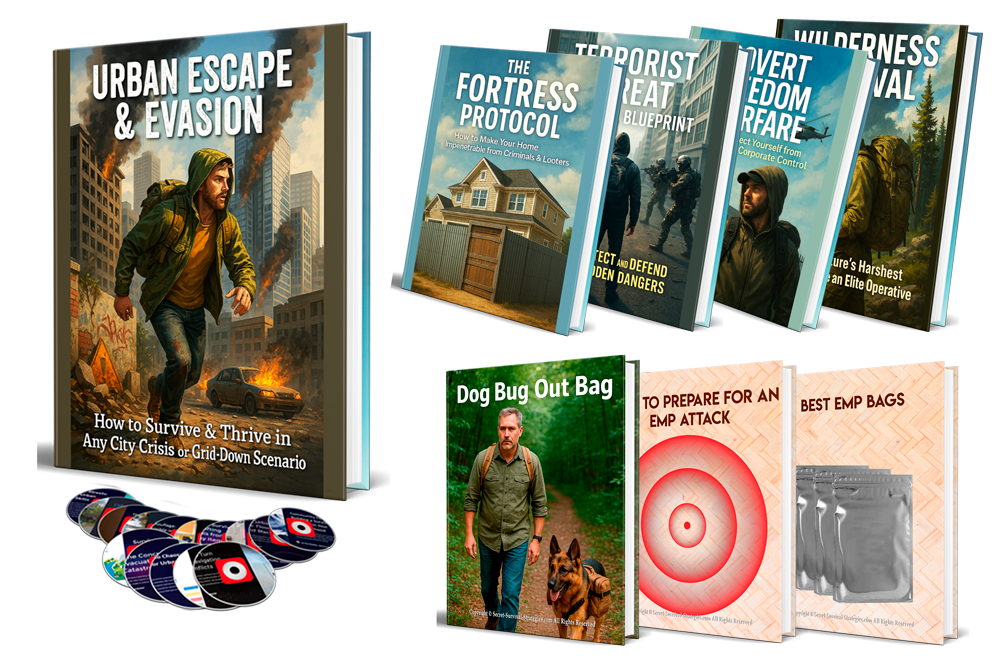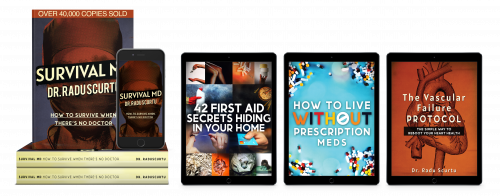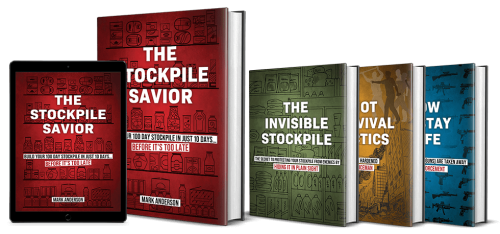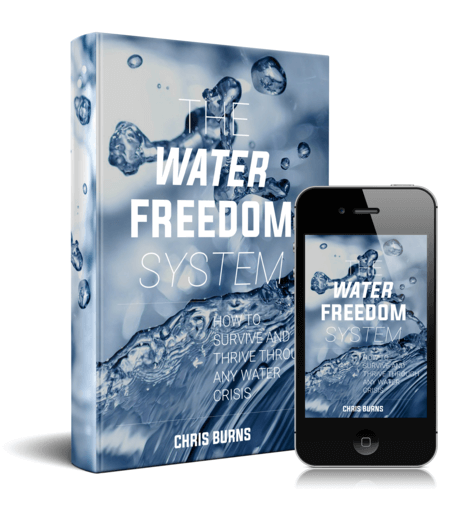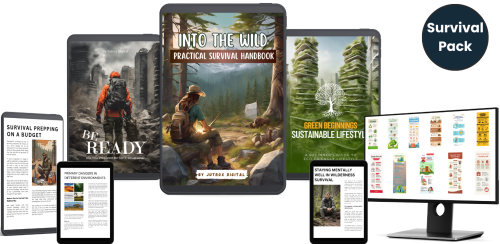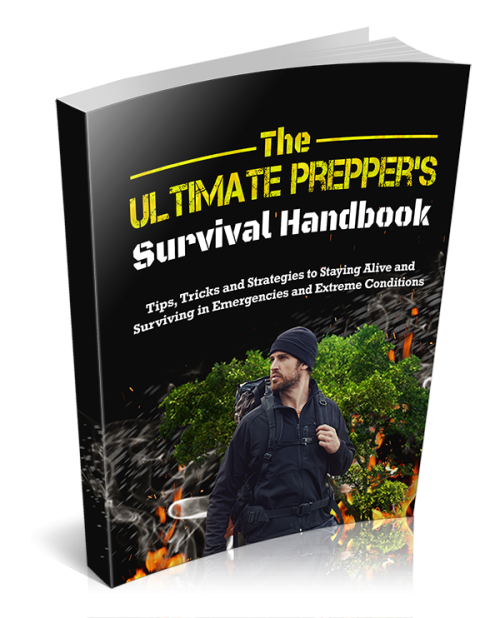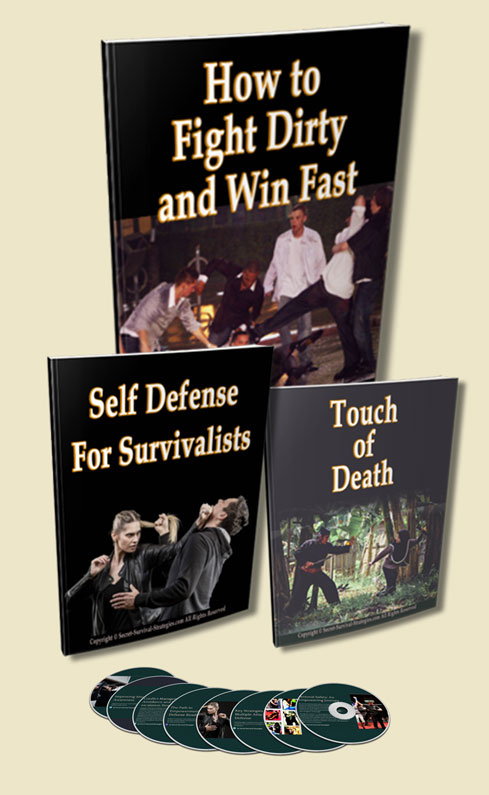- Home
- Ninja
How to Fight Dirty and Win Fast!
Introduction to How to Fight Dirty
Street confrontations are unpredictable, often violent, and can escalate quickly, leading to serious injury or legal consequences. This is why it is so important to learn how to fight dirty and win fast.
Understanding the reality of these situations means recognizing that the primary goal should always be personal safety rather than proving one's toughness or winning a fight.
This acknowledgment steers us towards the principles of awareness, avoidance, and de-escalation as essential strategies for self-defense.
Awareness involves being conscious of your environment and the behavior of those around you. It's about noticing potential threats before they escalate and taking steps to avoid them.
This could mean crossing the street to avoid a group of
intimidating individuals or leaving an area when you sense tension escalating.
Awareness is your first line of defense; it's about predicting and preventing
rather than reacting. You really don't want to have to engage in how to fight dirty.
Avoidance is the logical next step, where you actively steer clear of situations or individuals that could lead to a confrontation. This doesn't signify cowardice but rather a smart assessment of risks versus rewards. The bravest act can often be to walk away from a fight you could have engaged in.
De-escalation plays a critical role when avoidance is not possible. It involves using calm, non-threatening verbal and body language to diffuse a potentially volatile situation.
The aim here is to reduce the aggressor's anger and exit the situation safely. It's a skill that requires patience, empathy, and sometimes, a bit of strategic flattery or concession.
Together, awareness, avoidance, and de-escalation form a triad of strategies that prioritize safety and minimize risk in street confrontations.
They are not about avoiding conflict at all costs but about choosing battles wisely and understanding that the best fight is the one that never happens.
Part
1: Situational Awareness
Situational awareness is the ability to identify, process, and comprehend information about your environment—knowing what is happening around you to understand how information, events, and your own actions will impact your goals and safety, both now and in the near future. It's a critical skill not only for personal safety but also for making informed decisions in any fast-paced situation.
To improve situational awareness in public places, start with minimizing distractions. This means putting away your phone and removing earbuds so you can fully observe your surroundings.
Regularly scan the area, noting exits, potential hazards, and the behavior of people around you. Practice the "people watch" exercise: observe people's clothes, guess their mood or intentions, and predict their next move. This hones your ability to pick up on nuances and anomalies in human behavior.
Recognizing
the signs of an impending attack involves paying attention to unusual behavior
or signs of aggression. This could be someone making repeated, unnecessary eye
contact, displaying closed body language like crossed arms or clenched fists,
or someone encroaching on your personal space without a plausible reason. Know how to fight dirty, just in case.
An increase in voice pitch or volume, sudden silence, or a group forming can also signal potential danger. Developing an instinct for these signs allows you to react swiftly—either by leaving the scene or preparing to defend yourself.
Part
2: Avoidance and De-escalation
Avoidance and de-escalation are pivotal strategies in managing confrontations without resorting to physical conflict. Avoidance involves making conscious choices to prevent a confrontation from occurring.
This can
mean altering your route to avoid known trouble spots, choosing not to engage
with provocations, or even changing your schedule to circumvent potential
threats. It's about being proactive rather than reactive, recognizing that the
best conflict is the one that never happens. However, if you know how to fight dirty, you'll walk the streets with more confidence.
De-escalation techniques, both verbal and non-verbal, aim to reduce the intensity of a confrontation. Verbal techniques include using a calm, steady voice, expressing empathy, and employing active listening to show understanding of the aggressor's point of view without necessarily agreeing with it.
Non-verbal cues, such as maintaining non-threatening body language, avoiding direct eye contact, and keeping a safe distance, can also convey a willingness to resolve the situation peacefully.
Knowing when to escape versus when to defend is crucial. If a threat escalates despite your attempts at de-escalation, or if you assess the situation as dangerous with no room for verbal resolution, escaping to a safe place should be your priority.
However, if escape is impossible and you're in immediate danger, knowing how to fight dirty to protect yourself is good. Then, getting to safety is essential. The decision should always be guided by the principle of ensuring your own safety first and foremost.
Part
3: Preparing for Self-Defense
Preparing for self-defense encompasses physical conditioning, mental preparedness, and an understanding of self-defense tools, along with their legal implications.
Physical conditioning is not just about strength; it's about agility, endurance, and the ability to react swiftly and effectively in a threatening situation. Regular exercise, including cardiovascular training, strength training, and flexibility exercises, can enhance your physical readiness.
Martial arts or self-defense classes specifically can teach you how to fight dirty while also improving your physical condition.
Mental preparedness involves developing a mindset that prioritizes awareness and calmness under pressure. Techniques such as visualization, where you mentally rehearse how to respond in various scenarios, can enhance your ability to act decisively and effectively when confronted.
Stress management practices like deep breathing, meditation, and mindfulness can help maintain clarity and prevent panic in high-stress situations.
Understanding basic self-defense tools—such as pepper spray, personal alarms, and even everyday items you can use to defend yourself—is crucial.
However, it's equally important to be aware of the legal implications of using these tools. Laws vary by location regarding what is permissible for self-defense. Familiarizing yourself with these laws ensures that your self-defense actions are not only effective but also within legal boundaries.
Being prepared means being equipped, both physically and mentally, to face potential threats while navigating the legal landscape of self-defense.
Part
4: Defensive Techniques
Against Aggressors
Effective self-defense is grounded in principles that maximize your safety and minimize harm. At its core, self-defense teaches you to be alert, assertive, and prepared to use force if necessary. It is so important to know how to fight dirty and win fast!
The goal is not to engage in a prolonged fight but to incapacitate an attacker long enough to escape to safety.
Key techniques include targeted strikes to vulnerable areas such as the eyes, nose, throat, and groin, where even a small amount of force can have a significant impact.
Understanding pressure points—specific areas of the body where pain is intensified—can also be crucial in self-defense. Strikes or grabs to these points can disable an attacker temporarily, providing a critical window for escape.
These techniques require minimal strength but a good understanding of human anatomy.
Dirty fighting techniques, such as biting, scratching, or even throwing dirt, are unconventional but can be effective in desperate situations. The principle here is survival by any means necessary, especially when facing a stronger or armed assailant.
Improvised weapons play a key role in self-defense when traditional weapons are not available. Everyday items such as pens, keys, or even a handbag can become tools of defense in skilled hands.
The effectiveness of these improvised weapons lies not only in their use but in the element of surprise they can offer. Knowing how to use your environment to your advantage can turn the tide in a defensive scenario, emphasizing the importance of creativity and quick thinking in ensuring personal safety.
Part
5: Defending Against Multiple Attackers
Defending against multiple attackers complicates self-defense significantly, requiring strategic positioning, movement, and prioritization of threats.
The key is to avoid getting surrounded at all costs. Positioning yourself so that you can see all attackers, ideally by maneuvering in a way that forces them into a line or funnels them through a narrow space, limits their ability to attack simultaneously.
This strategy, often referred to as "stacking," allows you to deal with one attacker at a time.
Movement is critical; you must stay mobile to prevent attackers from flanking you. Quick, evasive movements and constant repositioning can help you manage the space and create opportunities to escape. Running should always be considered a viable option if it's safe to do so.
Prioritizing threats means quickly assessing which attacker poses the most immediate danger. This could be based on their proximity, apparent physical strength, or whether they are armed.
Sometimes, you can use one attacker as a physical barrier against another, effectively using their momentum or positioning against them, which can create a momentary advantage or distraction, allowing you to escape.
Escape tactics should always be at the forefront of your strategy. Look for openings or create them by using your attackers' movements or distractions against them.
Remember, the goal in such situations is not to "win" but to escape safely. Knowing the layout of your surroundings can be invaluable, as it allows you to identify potential escape routes quickly. Always be aware of exits, obstacles, and environmental tools that can aid in your escape.
Part
6: Aftermath of a Confrontation
Following a self-defense incident, the aftermath can involve legal, medical, and psychological considerations, each requiring careful attention. Immediately after the confrontation, ensure your safety first; distance yourself from the threat and call emergency services.
It's crucial to seek medical attention, even if injuries seem minor, as some may not be immediately apparent or could have long-term implications.
Legally, it's important to report the incident to the police as soon as possible. Provide a clear and concise account of the event, emphasizing that you acted in self-defense. Documentation is key; take photos of any injuries and the scene if it's safe to do so.
Contacting a legal professional who specializes in self-defense cases can provide guidance on the potential legal implications and help navigate the justice system.
The psychological impact of a self-defense incident should not be underestimated. It's common to experience a range of emotions, including fear, anger, guilt, and relief. These reactions are normal, but if they persist or become overwhelming, it's important to seek support.
Professional counseling can help process these feelings in a healthy manner. Additionally, community support groups offer a space to share experiences and coping strategies with others who have faced similar situations.
Remember, the aftermath of a confrontation is a process, one that involves addressing immediate concerns while also considering the long-term implications for your physical, legal, and emotional well-being.
Conclusion
This page has navigated the complex terrain of personal safety, emphasizing the importance of situational awareness, avoidance, de-escalation, and defensive tactics in self-defense scenarios.
We've covered the essentials of preparing both physically and mentally for potential confrontations, the strategic application of defensive techniques against aggressors, maneuvering against multiple attackers, and navigating the aftermath of a confrontation with an eye on legal, medical, and psychological considerations.
A central theme has been the prioritization of non-violent solutions whenever possible. The emphasis on awareness, avoidance, and de-escalation underscores the belief that the best defense is preventing conflicts before they escalate.
These strategies not only protect physical well-being but also ensure that actions remain within legal boundaries, minimizing the risk of serious consequences.
Continuous learning and practice are vital to maintaining and enhancing your self-defense skills. Regular training, whether through formal self-defense classes, fitness conditioning, or mental preparedness exercises, ensures that your skills remain sharp and your reactions under stress are effective.
Engaging with updated legal advice and psychological support networks also plays a crucial role in comprehensive personal safety.
In conclusion, personal safety is a multifaceted endeavor. It requires a commitment to learning, adaptability, and a proactive approach to navigating potential threats.
By embracing non-violent solutions and staying informed and prepared, individuals can significantly enhance their resilience and response strategies in the face of danger.
